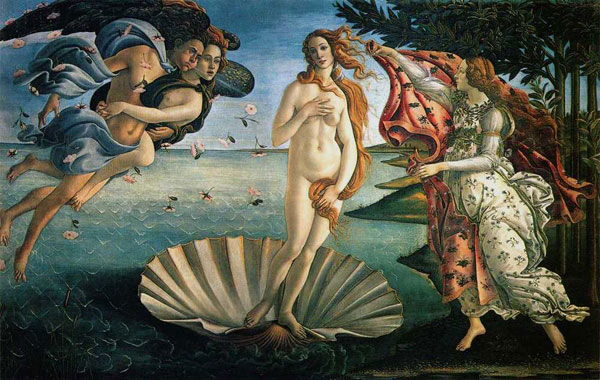Aphrodisia means, literally, an extreme state of sexual desire or desire for sexual intimacy. An aphrodisiac is an agent that increases sexual desire. These words are derived from “Aphrodite,” the name of the Greek Goddess of love and beauty. Her name comes from the Greek “aphros,” meaning sea foam.
“Why sea foam?” you might ask. Legend has it (recorded by the Greek poet Hesiod) that Aphrodite was born when Ouranos (Sky) was castrated by his son Kronos (a Titan and the father of Zeus). Ouranos’ genitals were thrown into the sea, from whence arose Aphrodite.
Testicles themselves are considered aphrodisiacs in many cultures, perhaps due to their high testosterone content. Recipes for preparing testicles abound: Testicle Pizza, Testicle Goulash and Testicles in White Wine. There is even a World Testicle and Aphrodisiac Cooking Championship, held, of course, in Serbia.
Stay with me now. Testosterone is an aphrodisiac for women; this has been proven scientifically. The Intrinsa patch (now approved in Europe), delivers small doses of testosterone to women with low sexual desire. The patch increases the amount of satisfying sex women have, boosts desire and improves orgasms. In the US, doctors can prescribe low doses of testosterone gels to achieve similar results.
So, from Greek legend to Serbian cook-offs to Big Pharma, aphrodisia permeates our world.
Use my Contact Form or write to me at Kestra@KestraGravier.com: Where are the aphrodisiacs in your life? I may work them into an upcoming book.

